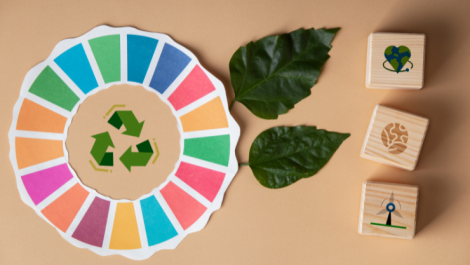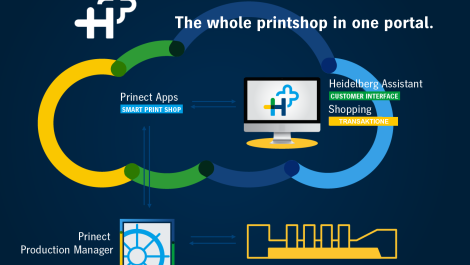The weekly Verdigris blog
As if the deforestation and corrupt abuses by Asian Pulp & Paper (APP) weren’t bad enough for Indonesia, the country has recently reached the top of the global warming rankings. Indonesia has achieved this dubious honour in the wake of massive fires that have been burning through great swathes of the archipelago causing extreme pollution. Because of the fires, Indonesia emitted more GHGs on a daily basis than China did “on at least 14 days” in September and October according to research from Bloomberg, a business and financial news provider. The same research found that Indonesia’s total daily CO2 emissions were more than those of the USA on around half the days in those two months. Pretty grim for a country with a GDP that’s less than a twentieth of America’s.
These fires are an annual event and a natural part of Indonesia’s climate and ecosystem, but destruction of forests and peatlands has exacerbated their negative impact on local air quality and the global climate. The forest clearance has sadly been going on for years. The Indonesian government and local vested interests such as APP do lip service to halting it and to restoration projects, but not much seems to change. This year, the burning peatlands drained as part of the forest clearance for logging and palm oil plantations, are responsible for the hospitalisation of some 500,000 people across South East Asia.
Indonesia accelerated its logging and land clearance about 30 years ago in a quest for development, that turned out to be very profitable for pulp and paper companies such as APP. But it was not so good for indigenous people, wildlife or global warming. Rainforests have been described as the lungs of the planet, so for many years now organisations such as the World Wildlife Fund and Greenpeace have been pressuring Indonesia to get its act together and stop the destruction. In 2010 the government of Norway even pledged $1 billion to Indonesia to help it save its trees. But hardly any of the money has been handed over, because Indonesia hasn’t responded with tangible policies to restore its destroyed forest lands.
Indonesia has recently made some more encouraging noises. Vice president Jusuf Kalla said that the country would aim for two to three million hectares of peatland restoration by 2020 in an effort to reduce the fires. But there is still no state agency responsible for putting such a plan into effect.
The graphics industry and its customers have responded in the past by boycotting paper sourced from Indonesian forests. Things lightened up over the last couple of years, but promises remain unfulfilled. Until the government puts into place tangible plans to recover the lost peatlands and forests, printers, publishers and their supply chains should keep their backs turned.
http://verdigrisproject.com/blog/top-of-the-leader-board
This article is part of the Verdigris series of stories about understanding the environmental impact of print. The Verdigris Project is supported by Agfa Graphics, Canon Europe, Digital Dots, drupa, EcoPrint, EFI, Fespa, HP, Pragati Offset, Ricoh, Splash PR, Unity Publishing and Xeikon.





